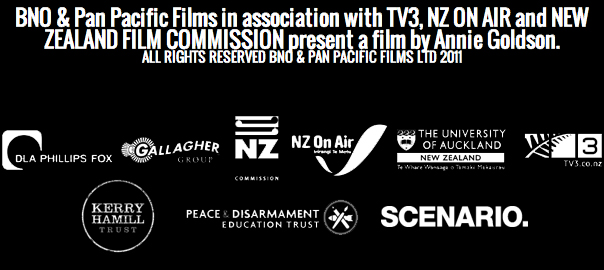1 | Find an example of a sound effect in the film (for example, the type writer keys in the opening sequence and the reenactment) and explain how this effect enhances the meaning of the scene.
Is the sound effect synchronised with an image on screen, or does it appear to come from off-screen?
Is the sound effect subtle or loud and exaggerated?
Imagine the sound effect had been constructed differently – louder or softer, later or earlier in the scene or the film, linked to an image or disconnected from an image: what difference would this have made to the meaning of the scene?
Does the sound effect focus the viewer’s attention upon a particular object, place, person, time or activity: if so, why?
FILM CLIP: BEGINNING
FILM CLIP: REENACTMENT OF SEIZURE
2 | Choose a sequence in the film which makes use of a musical score in the soundtrack. Identify the pace, tone, instrumentation and overall character of the music.
How does the use of this soundtrack music enhance the meaning of a scene or its emotional impact?
Does the use of music in the selected scene help to move the story along, or does it pause the narrative and create a space for reflection?
FILM CLIP: REENACTMENT OF SEIZURE
FILM CLIP: ENDING
3 | As a documentary film, Brother Number One uses a variety of spoken forms of language: casual dialogue between people on screen, informal ‘direct address’ to camera where a character or subject seems to speak to the filmmakers, formal ‘talking heads’ during expert interviews, informal interviews with people who have been surprised by the camera crew, addresses made in court by members of the judiciary, the defendant and victims, voice-over narration, reading aloud from documents and letters, and others.
Find examples of these various forms of oral language within the film which you think are significant: organise these elements of sound along a continuum from private to public (or informal to formal, or intimate to official) and justify your decisions
Explain the different impact of each use of language, and consider the extent to which each one contributes to the story-telling process in its own way
FILM CLIP: TUOL SLENG PRISON (Casual dialogue and informal direct address)
FILM CLIP: COMPUTER SCENE (Voiceover, formal talking heads)
FILM CLIP: CONFESSION SCENE (Narration, reading documents, casual dialogue)
4 | When the translator, Kulikar Sotho, appears on the screen her role often exceeds that of merely translating. What else is she contributing? What emotions does she express?
Why do you think the filmmaker has chosen to include these moments and to develop Kulikar as a character?
Do you think that translation can ever be “neutral”, that is, just replace one language word for word with another? We also include an “outtake” of Veasne Sun, a second translator and of a sequence with Kulikar and Him Huoy. (An “outtake” is material that was not included in the final film.) Again, we see Veasne and Kulikar departing from the “neutral” position of a translators in their respective sequences. What inspires, or provokes them to behave in the way that they do?
FILM CLIP: KULIKAR SOTHO AND MEAS MUTH
FILM CLIP: KULIKAR SOTHO AND MEAS MUTH 2
NEW CLIP: VEASNA SUN’S STORY
NEW CLIP: HIM HUOY AT THE KILLING FIELDS

